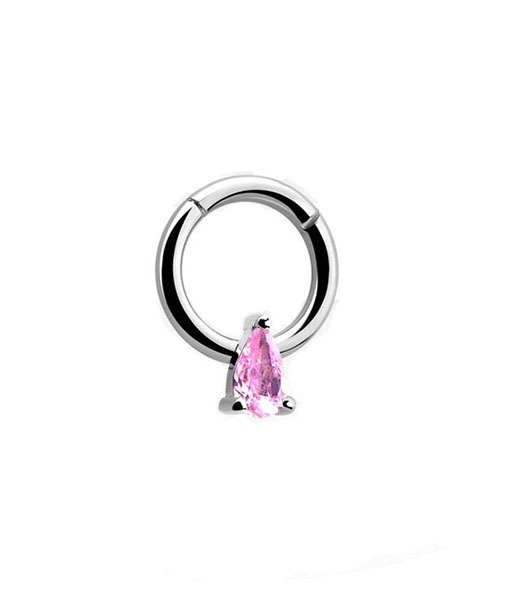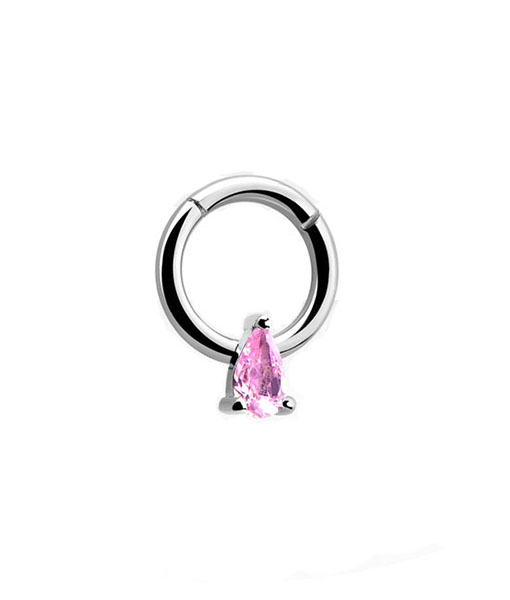Understanding Nose Piercing Stud Types
Nose piercing studs come in several types, each designed to suit different preferences and needs. The most common styles include:
L-Shape Studs: These studs are bent into an "L" shape, making them easy to insert and remove. They're ideal for those who want a secure fit without the need for a backing.
Screw Studs: Featuring a corkscrew design, these studs twist into place and offer a more secure fit. Nose Piercing Stud They're great for those with active lifestyles who want to minimize the risk of losing their stud.
Flat Back Studs: These studs have a flat backing, providing a flush fit against the inside of the nostril. They're comfortable to wear and less likely to cause irritation, making them a popular choice for new piercings.
Ball Studs: Simple and classic, ball studs feature a small ball at the end, which can be either solid or adorned with a gemstone. They're versatile and suit a wide range of styles.
Choosing the Right Material
The material of your nose piercing stud plays a crucial role in both comfort and healing. Here are some of the most common materials used:
Surgical Steel: A popular choice for its durability and hypoallergenic properties, surgical steel is an excellent option for those with sensitive skin. It’s also resistant to tarnish and corrosion.
Titanium: Lightweight and hypoallergenic, titanium is another great option for sensitive skin. It’s often recommended for initial piercings due to its low risk of causing irritation.
Gold: Gold studs are available in 14k, 18k, and 24k options. While 14k and 18k gold are durable and safe for most people, 24k gold is softer and may bend easily, making it less suitable for everyday wear.
Bioplast: This flexible, hypoallergenic material is perfect for those who want a comfortable and discreet option. It’s also ideal for people who need to undergo medical procedures or imaging, as it’s non-metallic.
Selecting the Right Size and Fit
Size is another important factor when choosing a nose piercing stud. Studs come in various gauges, which refer to the thickness of the stud. The most common gauge for nose studs is 18G, but some people may prefer a thinner 20G or thicker 16G depending on their comfort level and aesthetic preference.
The length of the stud is also crucial for comfort. A stud that's too short may cause irritation, while one that's too long may protrude uncomfortably. It's essential to choose a stud that fits snugly but comfortably in your piercing.
Personalizing Your Nose Piercing Stud
Your nose piercing stud is an extension of your personal style, so don’t be afraid to get creative. From minimalist designs to elaborate, gem-encrusted studs, there’s a wide range of options to suit your taste. Consider your everyday wardrobe, lifestyle, and the occasions you’ll be wearing the stud to ensure it complements your overall look.
Caring for Your Nose Piercing Stud
Proper care is vital to ensure your piercing heals well and your stud remains in good condition. Septum Piercing Clean your piercing regularly with saline solution, and avoid touching it with dirty hands. If you notice any signs of infection or irritation, consult with a professional piercer for advice.






Comments